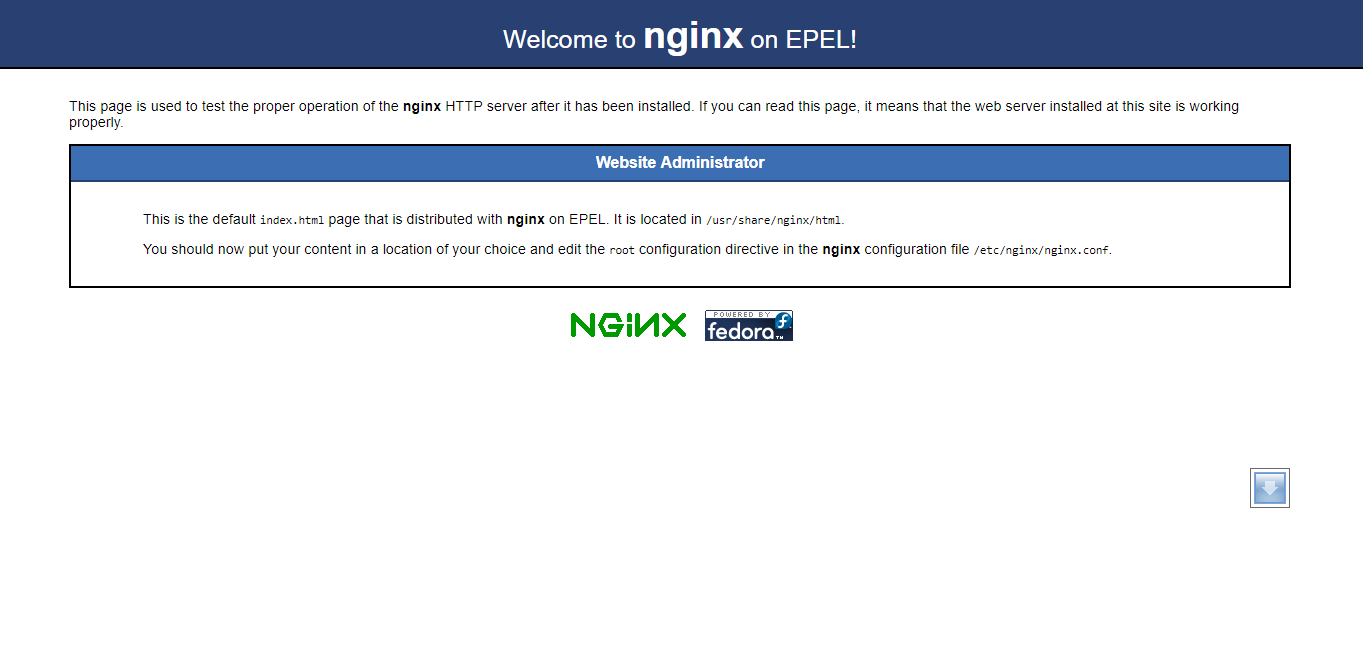

- #Install phpmyadmin centos 7 how to#
- #Install phpmyadmin centos 7 install#
- #Install phpmyadmin centos 7 software#
- #Install phpmyadmin centos 7 password#
# dangerous unless properly secured by SSL # But allowing phpMyAdmin to anyone other than localhost should be considered # phpMyAdmin - Web based MySQL browser written in php You will need to change the loopback address, 127.0.0.1, to the IP address of your server in 4 different places. Modify the following lines as outlined below. Open the PHPMyAdmin configuration file in a text editor. Now it’s time to adjust PHPMyAdmin’s configuration.
#Install phpmyadmin centos 7 password#
Next, you will need to provide your MySQL root password, and then create a password for logging into PHPMyAdmin. If you’ve followed the requirements stated at the beginning of this guide and have Apache installed, select apache2.
#Install phpmyadmin centos 7 software#
First, you will need to select which server software is installed on your machine: apache2 or lighttp.
#Install phpmyadmin centos 7 install#
If you don’t have it already, add the EPEL repository to your system.Īfter making sure your system is fully updated, go ahead and install PHPMyAdmin.ĭuring the installation process, you will need to answer a couple questions. PHPMyAdmin can be found in the EPEL repository.


Once on the GUI of phpMyAdmin, you will be required to enter your database username and password.PHPMyAdmin is a browser-based tool for managing database administration, specifically MySql and its drop-in cousin, MariaDB. Installation has been completed, now you should be able to access your phpMyAdmin GUI through your IP address and phpMyAdmin path, as follows: config file, Apache must be restarted for the changes to take effect. Restart Apache Web ServerĪfter you've made any changes to the. Now, look for the line: Allow from 127.0.0.1Īnd change it to: Allow from MY_IP_ADDRESS Should be set to: Require ip MY_IP_ADDRESS It's default value is pre-set to only allow local connections.Įdit the /etc/httpd/conf.d/nf file. Now that phpMyAdmin is installed, you can further configure it in order to be able to access it through the world wide web. You now have phpMyAdmin installed on your server. > Package phpMyAdmin.noarch 0:3.5.1-1.el6 will be installed You might consider running yum-complete-transaction first to finish them. There are unfinished transactions remaining. Output should be similar to this: Loaded plugins: rhnplugin PhpMyAdmin will install along with all its dependencies. Now that you have EPEL repository on your server, you can proceed and install phpMyAdmin. Therefore, we need to install the EPEL repository as follows: wget but is it important to know that phpMyAdmin is not included on default CentOS/RHEL repositories. The easiest way to install phpMyAdmin is through the yum utility.
#Install phpmyadmin centos 7 how to#
How to install and configure phpMyAdmin to manage a MySQL Database Server In this tutorial we'll guide you on how to install the phpMyAdmin tool to handle the administration of MySQL Servers on your VPS or any other Linux servers. You can use almost all the most frequently used operations like managing databases, tables, fields, relations, users, permissions and execute SQL statements. In this scenario, phpMyAdmin is a tool written in PHP intended to handle the administration of MySQL servers over the world wide web. This widely used open-source relational database management system can be extremely useful to process your dynamic content and your next generation of web-applications.īut while MySQL provides a power database, it can sometimes become quite difficult for novice users to manage. MySQL is one of the most popular and powerful database for web-based applications.


 0 kommentar(er)
0 kommentar(er)
